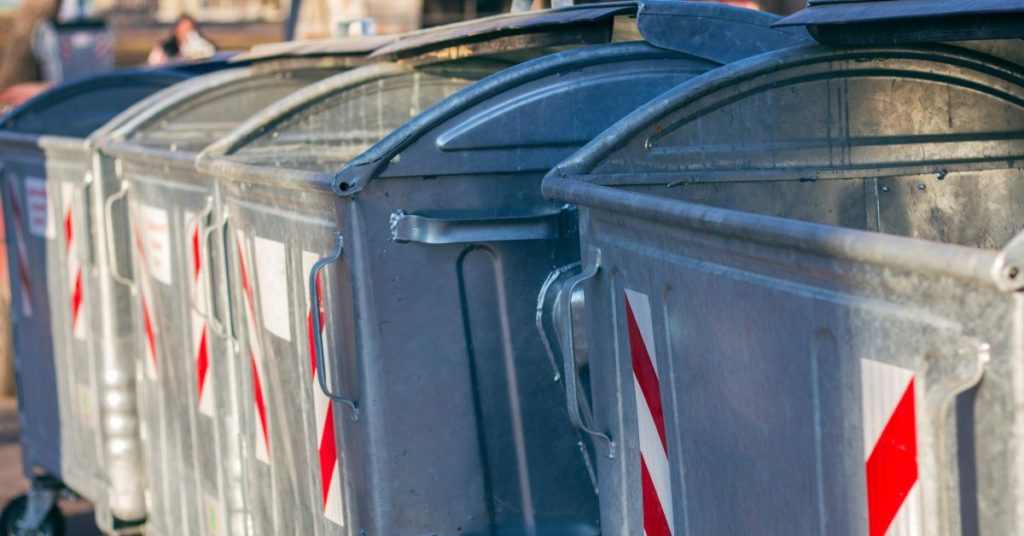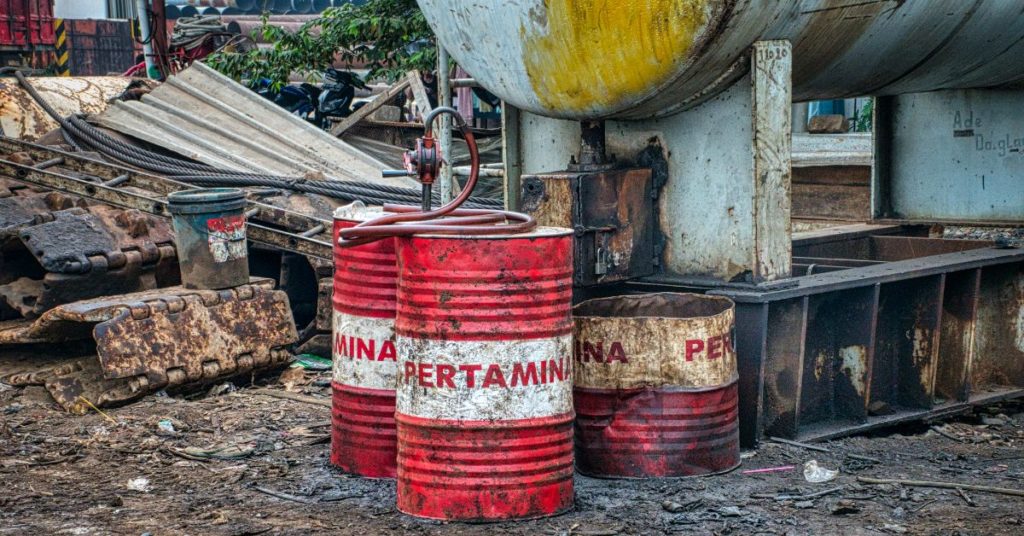Proper disposal of different materials is crucial for maintaining a clean and safe environment. From lightbulbs and laptops to mattresses and paint cans, there are specific methods for disposing of each item. With some materials and items, you need to make an effort to bring them into specialized containers or collection points, but you make your own contribution to a cleaner and safer environment. In this blog, we will go over the proper disposal methods for various materials and provide tips for responsible and sustainable waste management.

Lightbulbs:
Compact fluorescent lightbulbs (CFLs) contain small amounts of mercury and should not be thrown in the communal trash among other solid waste. Instead, they can be recycled at local hardware stores or recycling centers. LED lightbulbs are a more eco-friendly option and do not contain any hazardous materials.
Laptops:
Electronic waste (e-waste) is a growing problem, and it’s important to dispose of old laptops and other electronics properly. Look for e-waste recycling programs in your area, or contact your local waste management facility for more information. In some countries, there are specialized containers and bins for WEEE (waste electrical and electronic equipment). Furthermore, some old laptops that are still functioning may be a benefit for elderly people – look out for programs supporting or gifting the elderly, primarily during the Christmas season.
Mattresses:
Mattresses can be difficult to dispose of, but there are several options available. Many cities offer curbside pickup for mattresses, and they can also be taken to a recycling center or a landfill. Some companies also offer mattress recycling services and shop selling mattresses may offer services for rebuying them or giving you a discount for your new mattress.
Paint Cans:
Paint cans should not be thrown in the trash as they can be hazardous to the environment. Latex paint can be dried out and disposed of in the trash, while oil-based paint should be taken to a hazardous waste facility. Contact your local waste management facility for more information on the proper disposal of paint cans. You should definitely not throw waste like paint cans into containers among other solid or communal waste.
Household Hazardous Waste:
Items such as batteries, cleaning products, and pesticides should not be thrown in the trash as they can be hazardous to the environment. Check with your local waste management facility for proper disposal methods and facilities in your area. With the radar sensor solution by Sensoneo, it is possible to measure the fill-level even of hazardous and toxic fluids, because the radar can monitor the fill-level even through the walls and screens and does not have to come in the contact with the waste itself.

In conclusion, proper disposal of different materials is essential for a safe and sustainable environment. Our smart waste management company Sensoneo is committed to providing efficient and environmentally friendly waste management solutions. Just to point out some examples, through the digitalization of waste management we encourage waste collectors to collect trash and garbage dynamically and reduce greenhouse gases or increase the level of the circular economy with our DRS solution. By following tips from this blog, you can contribute to reducing waste and promoting a cleaner, greener future.



